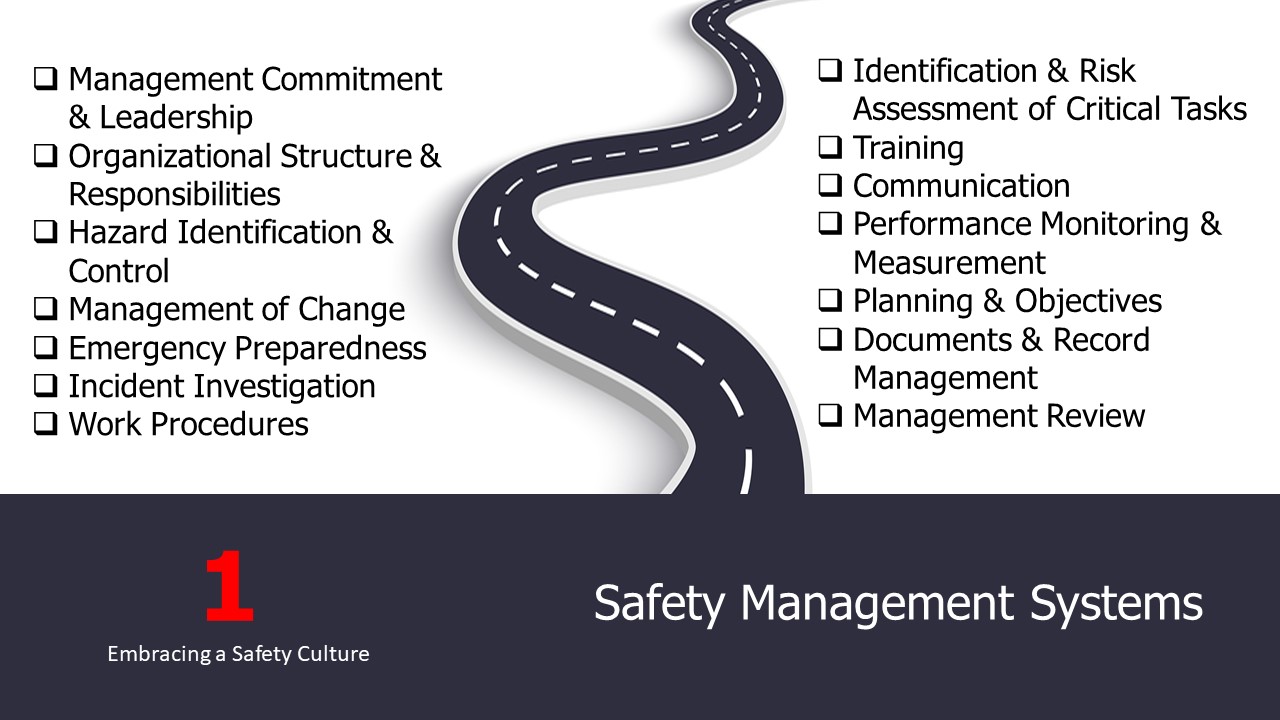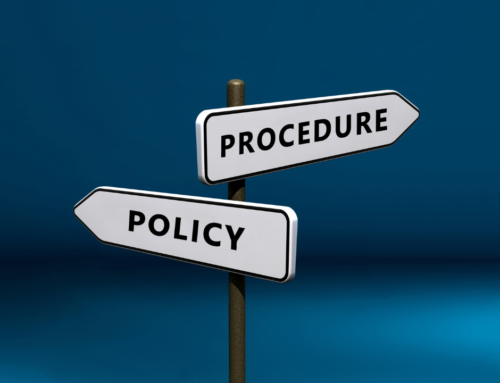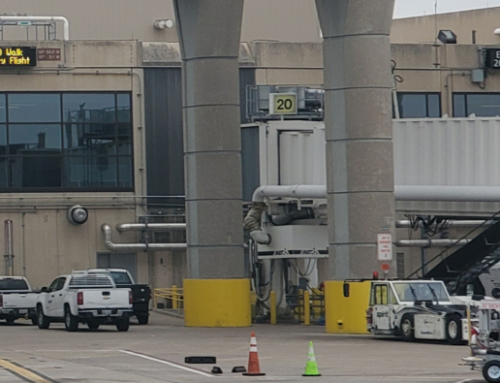Safety Compliance is Critical to Your Organization
When I was growing up in my policing career, the word ‘safety’ wasn’t high on my awareness radar.
You’d think it would be considering I was definitely involved in many situations that put my personal safety at stake.
We were certainly trained in how to operate safely from a tactics point of view, but I don’t remember the day-to-day issue of safety being a regular point of conversation.
No-one talked about it, and my supervisors and managers certainly didn’t promote it as part of an everyday workplace narrative.
Fast forward to today and safety is something that I think about all the time.
Who Is Responsible for Safety in Your Organization?
In my Safety Training workshops, I ask my participants the following:
“What does the word ‘safety’ mean to you?”
“Who is responsible for safety in your organization?”
What are your answers?
I’m especially curious about the second question because if you aren’t sure, that’s a problem.
An organizations’ Safety Management System (for both physical and psychological safety) is the very foundation of a safety culture. It ensures (as much as possible) that workers get home unharmed at the end of the day.
Considerations for a Safety Management System
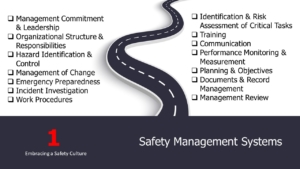
Want to know something that’s not indicative of a good Safety Management System?
“That’s the way we’ve always done it around here,” and “It’ll never happen to me, that sort of stuff happens to other people.”
If you hear those phrases…run like the wind. They suggest that the person or organization has little awareness of the world around them.
Phil’s Story
I know this because that was me when I first started policing in London. I was invincible. Bullet-proof. Accident immune.
Sure, Phil…
And if your workplace hasn’t embraced an effective Safety Management System, keep reading.
The road to true safety culture is a three-step process. It starts with embracing, initiating, and then cultivating a culture of compliance.
Unfortunately, it often takes a disaster for true behavioral change to occur.
High Costs to Undermining Compliance
In recent years, there have been catastrophic events as a result of organizational cultures that underemphasized compliance:
- A leading fuel provider paid billions in settlements and fines after it was determined that a series of cost-cutting decisions and an inadequate safety system were the catalysts for an industrial accident that led to the deaths of 11 people.
- A carmaker agreed to pay more than $1 billion to avoid prosecution for making misleading statements to the public and U.S. safety regulators and covering up severe safety problems that led to at least five deaths.
You can probably think of your own personal examples where it has taken an accident to change someone’s ‘it will never happen to me’ mindset, resulting in behavioral change.
However, a short-sighted and reactive approach to compliance will do little to avoid risks.
Companies perform better when compliance is tied to their internal strategy and made a key component of their culture. This leads to compliance being integrated into business processes and workforce management.
Improvements that Follow a Safety Compliance Program
- Improved employee engagement and productivity
- Stronger brand awareness
- Reduced costs associated with injuries and lawsuits
- Increased likelihood of lucrative contracts, which often include extensive compliance requirements
- Better access to talent, particularly among millennials who value employers that promote the health and wellness of consumers and employees
- Assurance that employees are up-to-date on their training and certifications
But remember, it all starts with that first step.
Embracing Safety Culture as a Value
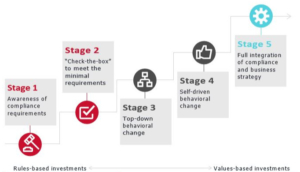
That begins with understanding the importance of compliance. We need to learn how to articulate the benefits of a safety culture. Finally, we need education on the risks that occur when a company doesn’t properly train its workforce to achieve that goal.
Where Does Safety Start?
Furthermore, it must start at the top of the organization with Management Commitment and Leadership.
Unfortunately, that’s easier said than done in today’s environment of competing demands.
Many executives struggle to achieve a balance between managing staff and addressing business demands.
Concerns such as ‘fostering an ethical culture’ or ‘building a culture of compliance,’ can seem secondary or even tertiary to other pressing priorities.
As these concerns fall to the wayside, so does compliance training.
You see businesses every day whose compliance programs involve nothing more than circulating policy documents to employees as a pdf file attached to their email with (perhaps) a note asking them to read it when they have a moment.
Expectations of behavior must be set at the top. Without a buy-in across all levels of management, the likelihood of a break-down increases exponentially.
I’m reminded of the following quote from Himanshu Bhatia, the founder of Rose International:
“As a leader, it’s a major responsibility on your shoulders to practice the behavior you want others to follow.”
Breaking Down the Safety Responsibility
Executives:
It’s crucial to understand the unique roles and risks throughout the organization. From there, executives must work with safety professionals to craft a Safety Management System that addresses these risks.
Managers:
Since employees interact with managers daily, managers play a vital role in the perception of compliance programs. Fostering a culture that shifts the commitment from a basic ‘check the box’ environment to one that nurtures support from managers is paramount.
Employees:
Each employee should know how their conduct impacts and ultimately contributes to the success of the organization. Communicating the legal requirements so that employees understand their individual obligations is crucial. Furthermore, employees should feel safe to report wrongdoing without fear of retaliation.
Creating a Culture of Safety is not achieved by rolling out a new program.
It’s a journey that requires focus and commitment at the top.
But safety is not just the responsibility of the C-Suite.
It is everyone’s responsibility.

